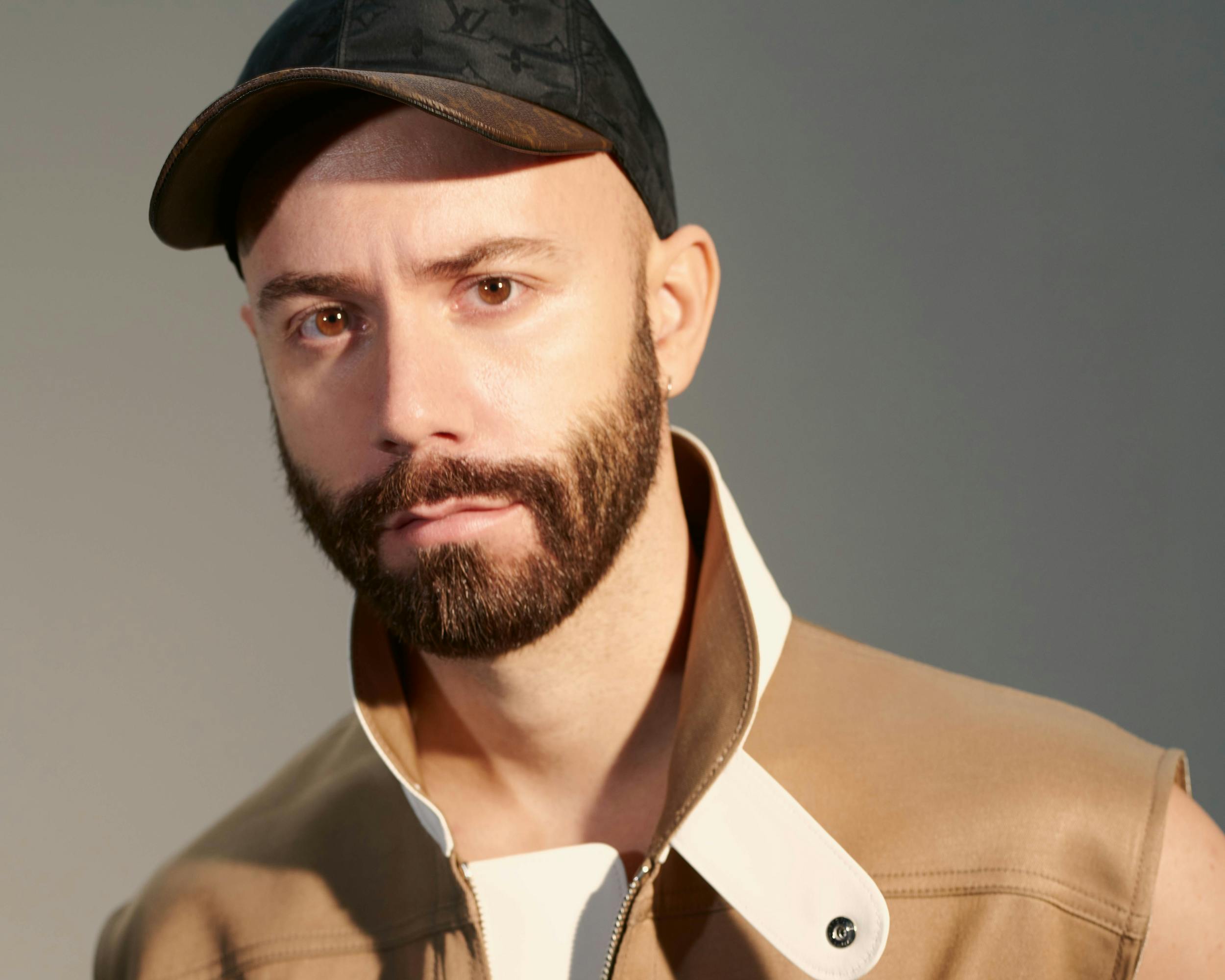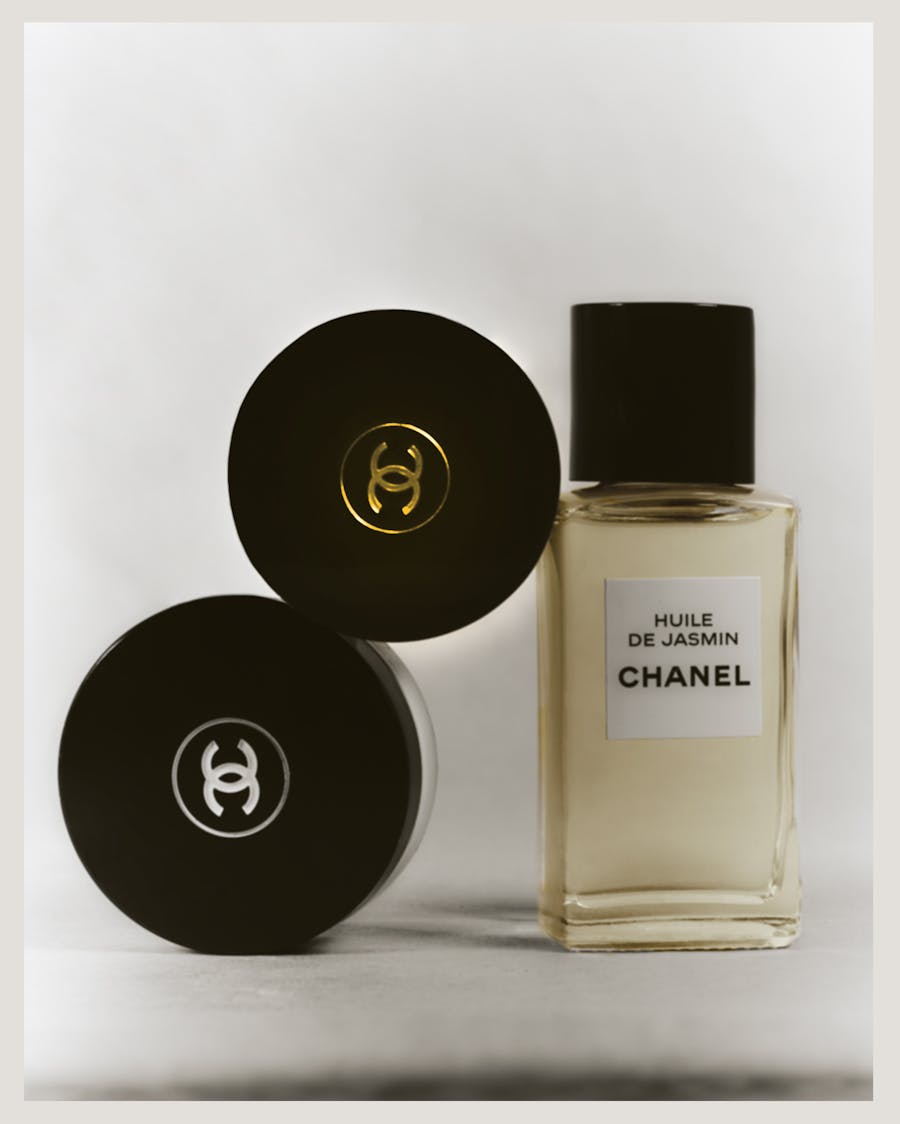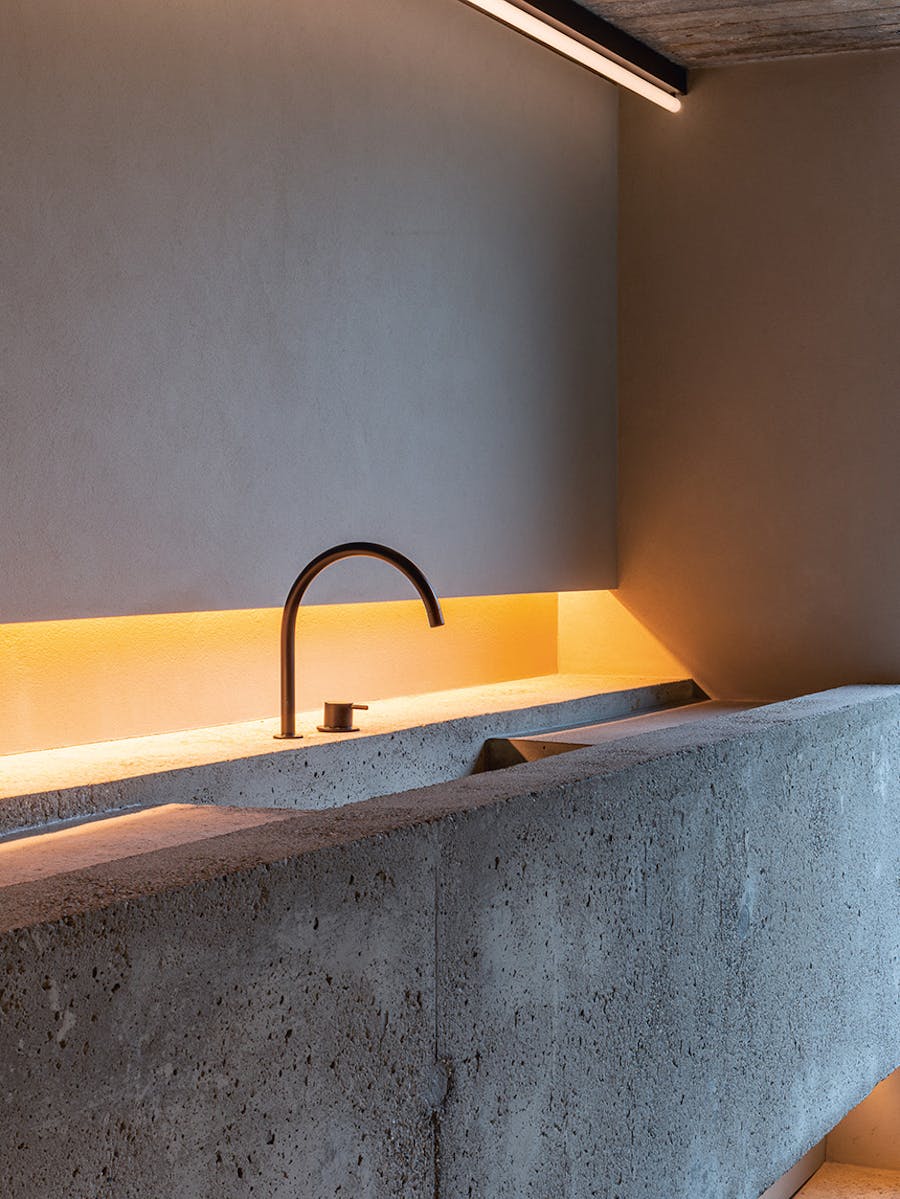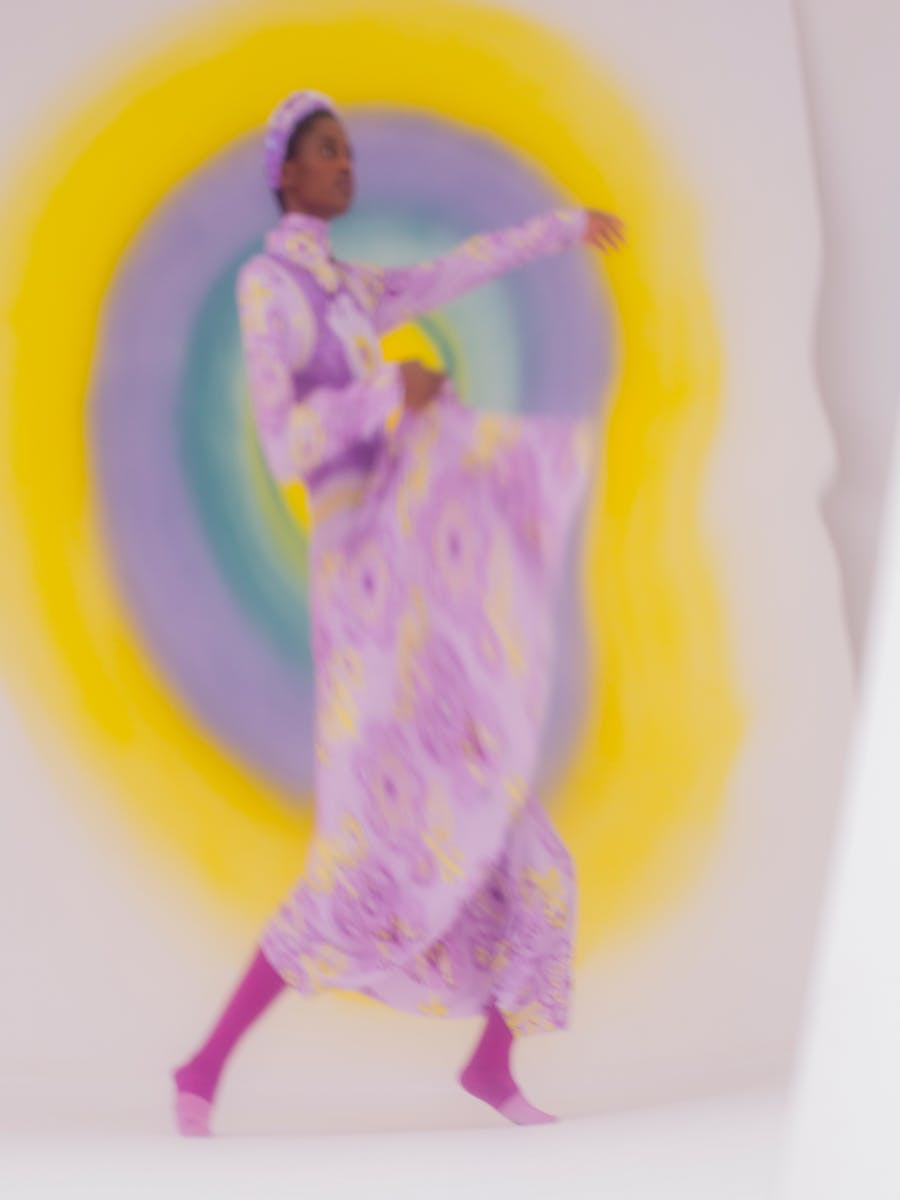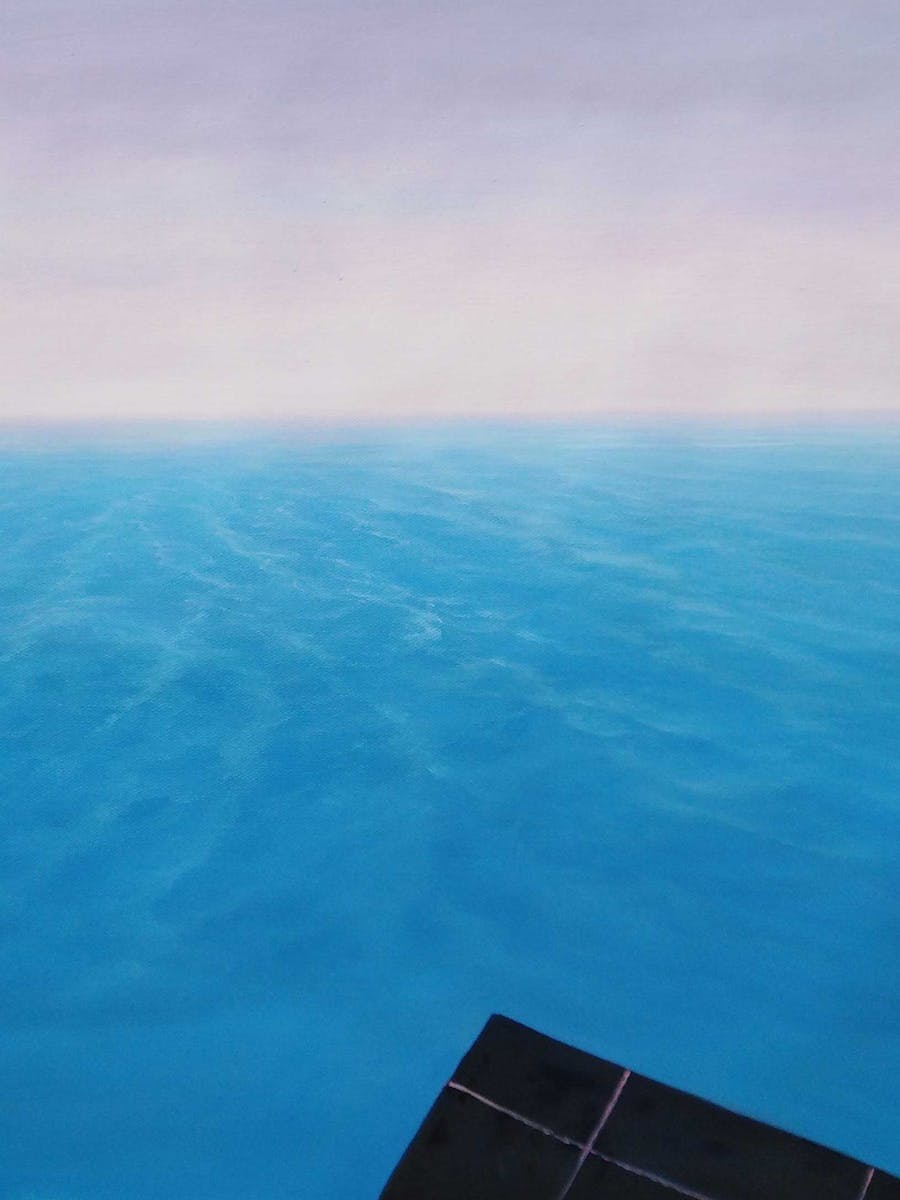From the Emphasis Issue
With a multidimensional vision of chamber pop setting him apart from the other major contemporary French artists, Yoann Lemoine, alias Woodkid, talks to Exhibition about the sources of his creativity.
What does it to mean to you to have been the main producer on the last album by iconic singer Mylène Farmer, L’Emprise?
The stars aligned for this collaboration – it was the right moment in her career as well as in mine. There are many artistic connections between us. And getting to know her was wild. Mylène is someone totally iconic who meant a lot to me when I was younger. L’Emprise is a huge success…That’s something of a miracle in a declining industry. I’m very happy about it.
Your music is often called exuberant chamber pop…
Does that sound about right to you?
Exuberance is about not conforming to the norm, and imposing one’s own vision when faced with certain diktats. For me there’s something political about systematically not wanting to present people with stereotypes. My personality isn’t exuberant but my art is. Indeed it’s a little bit provocative, the ornamentation gives it a big sound, the baroque can be musical as well as visual.
But behind all of this emphasis, there’s always a hint of melancholy…Melancholy is another way of being political, in the non-conformity of my music. Not automatically fitting into playlists is the form of rebellion I found, in response to the implicit diktats of music today. When someone tells me to do something, I just want to do the opposite!
Has this desire for volume and texture always been part of your mission statement?
Yes, almost unconsciously. Being two years ahead at school, I was always the smallest and I saw the world from a low-angle shot. That probably produced an urge to compensate, a need to reestablish the camera angle and create things which lifted me up, to see the world from on high. I have difficulty with lukewarm things - I prefer to take risks than to settle for half measures. The films I like are the most audacious visually…
In my work there’s also a kind of teenage irony, playing with fire and grown-up things like orchestration and percussion.
Do images and sound always go together for you?
I spent many years of my life directing both animation and live action. And quite quickly I was drawn to music – a passion which dates from my childhood and which came back to me, to combine with images. I studied piano at the Conservatoire, and then with a private teacher. In terms of higher education, I studied visual arts in Lyon, doing a masters in 2004. My career as an illustrator began during my studies. I worked for Têtu, then for the magazine Out in the United States… and pretty quickly one thing led to another.
Then came moving images…
It’s a great way to develop a narrative, but it took me some time to say to myself that I wanted to tell stories. For a long time, I just wanted to create images to create images. I was inspired by films like those of Sergey Paradjanov, a form of cinema where the images by themselves build a story by the layering of elements of décor, costumes… That’s what built a bridge between my career as an illustrator and as an animator. In my video “Iron” the characters shrink in the frame as time passes and the camera distances itself. This is because they are under the weight of the sky and what is above them. That’s what I learnt from Eisenstein who laid the foundations of image-making in black and white.
We often talk about your use of black and white – but light is at the heart of your work, isn’t it?
Yes, I’ve always loved light, since I was a little kid. It’s an astonishing physical phenomenon – that’s the magic of cinema. Hence my love for black and white and the proportion of the body in space. For me composition and light, contrast, the presentation of perspective, the way the eyes move over an image; these are the mechanics of illustration. My music is very pictorial, cinematographic. Sounds for me evoke movement, an object, a texture, an ascendancy over the real. I reject any sound which is too melodic, too obvious. That’s why people often use the term “epic” when they’re talking about my music.
It also explains your passion for Stanley Kubrick!
I love his work unconditionally. Recently I watched Clockwork Orange again. Its freedom, its violence, its attention to detail, its vertical storytelling, its symbolism, it’s all incredible. He also speaks to political recuperation. Barry Lyndon is an interesting film because although its approach is futuristic, everything is lit by candle, in the service of an extremely classical pictorial representation. The past/future clash, the voluntary anachronism, is a subject that fascinates me, as it does Nicolas, by the way.
How did you meet Nicolas Ghesquière?
Through the artist Justin Morin, one of my best friends, to whom he said that he liked my work. I was bowled over and delighted! I began my collaboration with Louis Vuitton with quite a futuristic film, “Six Girls.” He called me back and suggested I compose the music for a show, and then another. It’s been ten seasons now. Sometimes I bring in other artists like Bryce Dessner from The National. I was also the muse for the pre-fall 2020. Nicolas’ fashion is very intellectual. Narrative. It isn’t just clothes. There might also be eccentric, leftfield, vintage pieces…There’s an architectural knowledge involved that’s often virtuoso.
What are your common references artistically?
We both love visual and thematic confrontations between worlds which are not meant to mix…We share this desire for balance between a high degree of technical precision and a very, dare I say, contemporary sensibility. Very pure, even purist.
But at the same time there’s RnB, Billie Eilish, 90s pop. I’ve got no complex about that - I freely embrace that heritage.
You’re both known to be perfectionists…
I’ll never look indulgently at what I do, but I see it as an experimental work, not something set in stone…It’s with age that you get to know yourself, you’re the product of everything you’ve done. I’m not a believer in the idea of style, and I’ve only just started to see the common threads running through what I’ve created, which I’ve never intellectualized until now. I’d like to see the result of these years of work. A defined oeuvre, while my corpus is still, in a certain way, undefined, up till now. Not too long I hope !
